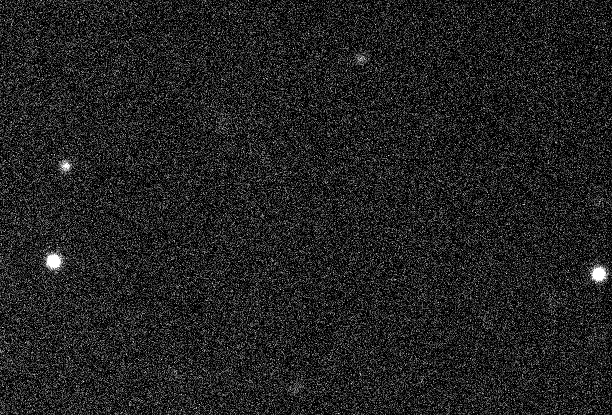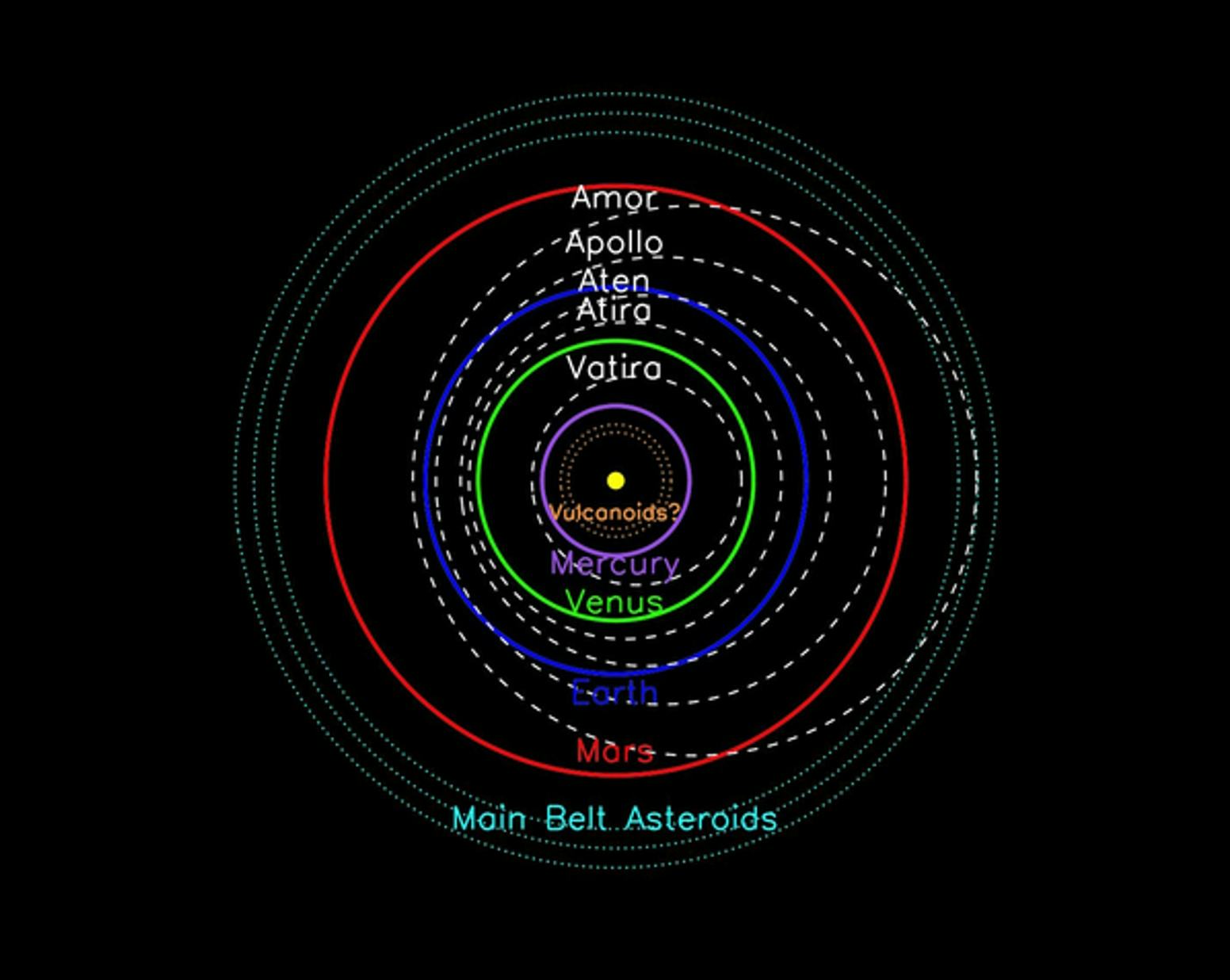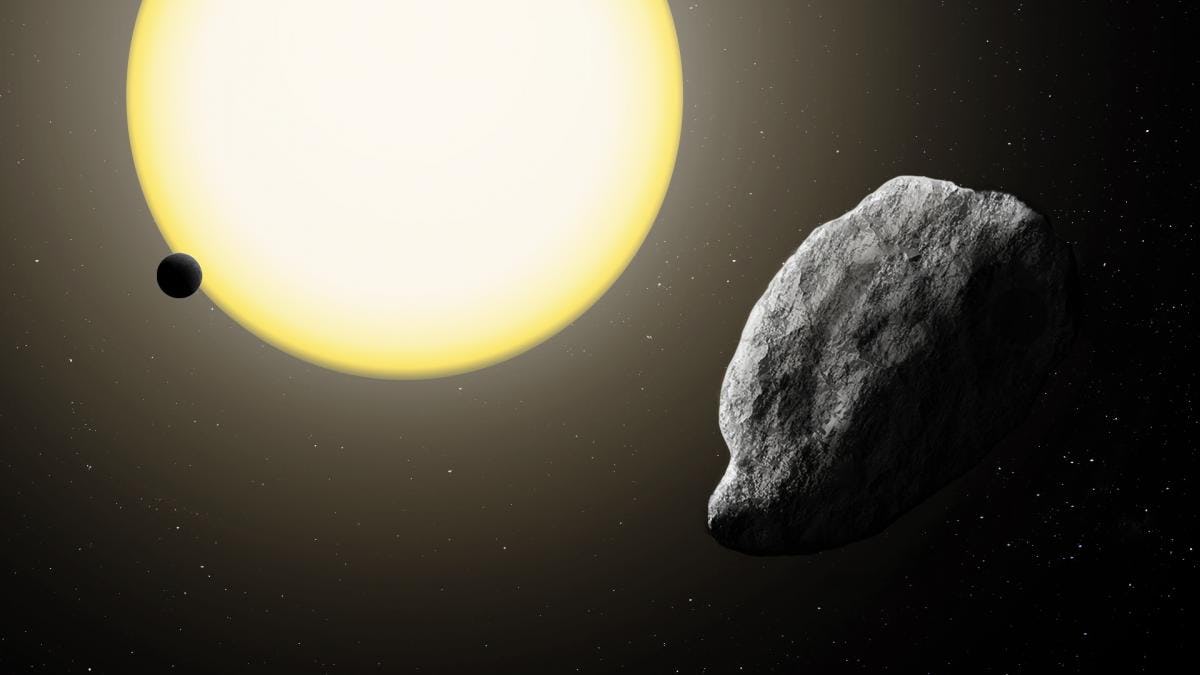
Most asteroids are innocuous. But a frightful few of these leftovers from the Solar System’s formation are “planet killers.”
The nightmarish possibilities of a collision with Earth motivate space agencies like NASA and the European Space Agency to scan the night for their telltale glints. A mysterious population of rocks, however, drift where the Sun shines and are hidden in plain sight.
“There’s a whole half of the sky that is not being observed. These asteroids can have orbits that approach Earth from the daylight side. So they are dangerous asteroids in their own right,” Scott Sheppard, an astronomer at the Carnegie Institute for Science in Washington D.C., tells Inverse.
To tackle the obscuring effect of the Sun’s glare, Sheppard will harness the sensitivity of one particular telescope in South America to hopefully detect inner asteroids when the starlight dwindles at twilight. A paper describing the survey was published in the journal Science on Thursday.
“It’s very unlikely something [dangerous] is lurking there,” Sheppard says to dissipate major concern.
“But it’s always good to know, right?”

Here’s the background — Sheppard has pivoted from his work viewing objects past Pluto to look for veiled asteroids in the inner Solar System for ten minutes at dusk and ten minutes at dawn. Less is known about the rocks orbiting close to the Sun; there’s a population that might exist within Mercury’s orbit, called Vulcanoids. Although these haven’t been confirmed, and only appear in models of Solar System physics, there are “thousands” of other inner asteroids that astronomers know to exist.
Astronomers categorize near-Earth objects (NEOs) by their general location. They classify those that fly closer to the Sun than Venus as “Vatiras,” and those with orbits interior to Earth as “Atiras.” Other populations that come near our planet’s orbit include “Atens,” “Amors,” and “Apollos.”

How they’ll do it — To detect currently-unknown members of these groups, Sheppard and colleagues will use the 4-meter Víctor M. Blanco telescope in Chile. This National Science Foundation observatory features a sensitive piece of equipment — the Dark Energy Camera (DECam) — that will be crucial to Sheppard’s work.
DECam can detect the fainter objects that evade the instrumentation of one of the next-best observatories, the 48-inch Zwicky Transient Facility telescope camera in California. Zwicky has the advantage of covering a lot of sky thanks to its large size and has detected one Vatira and several Atira asteroids. Zwicky and DECam are “the two main games in town right now looking for these objects,” Sheppard says.
Why it matters — Most asteroids have stable orbits, which Sheppard describes as ships sailing through the night. It’s very unlikely that Earth and a NEO will be at the same place at the same time where their orbits cross.
The rocks that raise major concerns are the random-path asteroids that change direction.
Some rocks experience a sort of gravitational ricochet. It begins when the Sun’s energy strikes a rotating rock, heating one side and triggering a very slow shift. These asteroids are prime targets for tugs from large planets like Jupiter. This makes it hard for astronomers to predict where they’ll go in the future.

What’s next — The next asteroid-planet collision we know of is not involving Earth, but our neighbor. Sheppard tells Inverse about the peculiar case of an asteroid discovered just last year, called 2021 PH27.
In about a thousand years, this asteroid will encounter Venus and drastically change its orbit. 2021 PH27 may simply crash into the planet — doing what, we don’t know. Models suggest that the asteroid will get extremely close to the planet, but that’s as much of the story as can be detailed at the moment.
“What happens after that, we can’t predict,” Sheppard says.
“But,” he optimistically adds, “there’s nothing in the catalogs now that is a danger.”
Let’s hope they keep watching the skies to make sure it stays that way.







